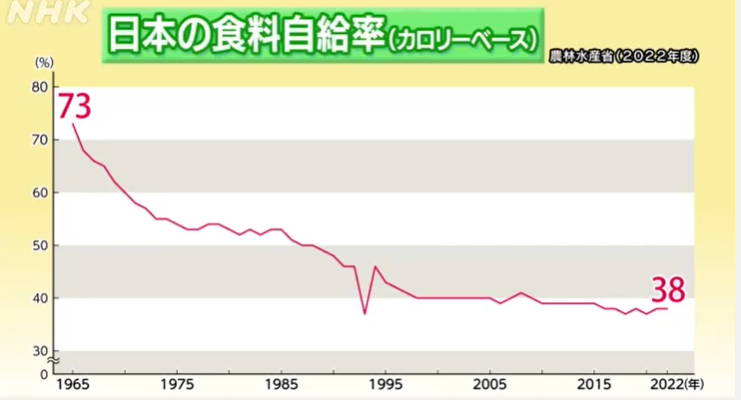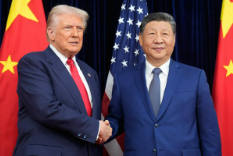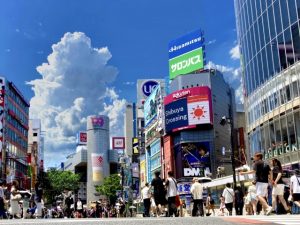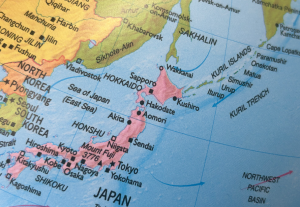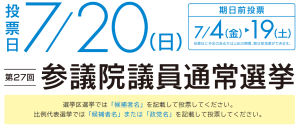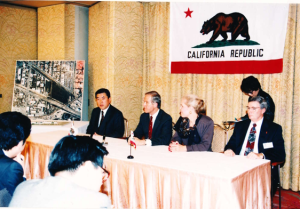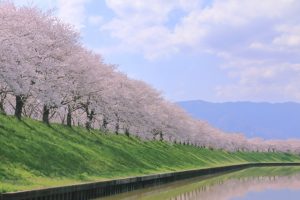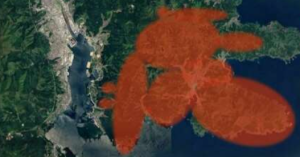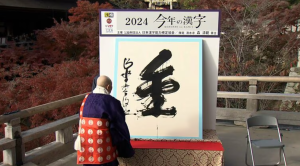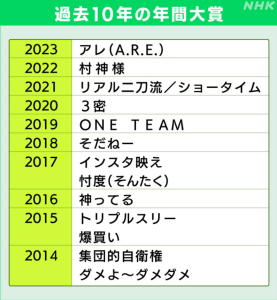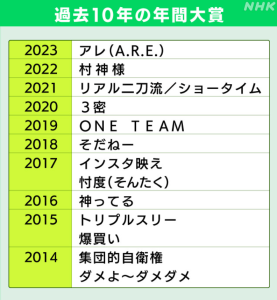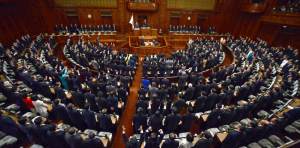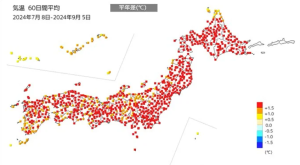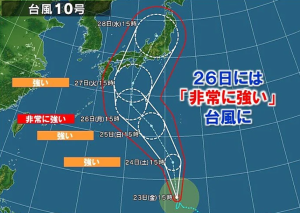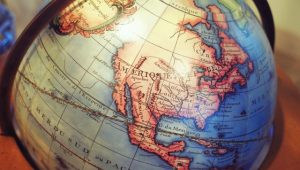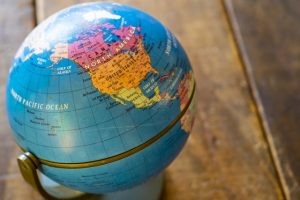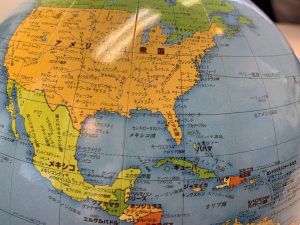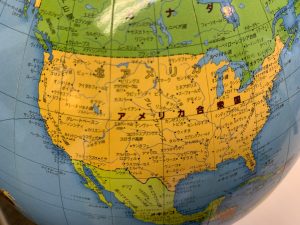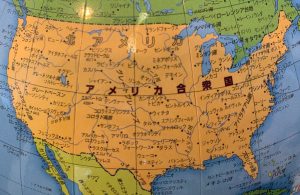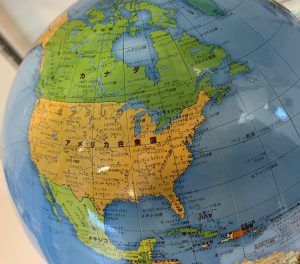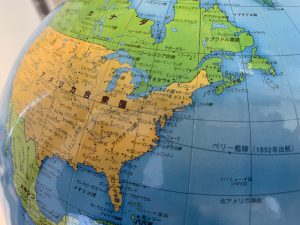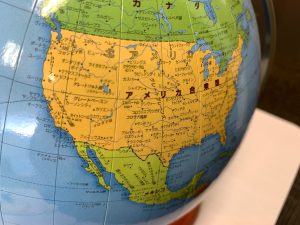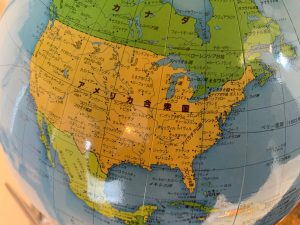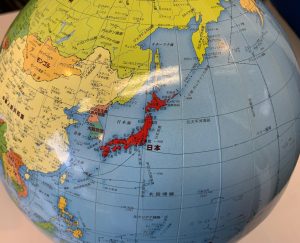Re: A news item and subject which I just want to check out (180) October 31, 2025
October will end this week. Skipping over autumn from the intense heat, I can start to feel the signs of winter. I am concerned that this will throw off the plans of apparel industry, leaving autumn items unsold and remaining in inventory. The Japanese autumn, once known as “autumn with the sky clear and blue, and horses growing fat”, has disappeared, replaced by “an autumn when bears appear”. Bears used to be seen as “scary but gentle animals”, like the lyrics of the American-origin nursery rhyme “The other day, I met a bear”, but without realizing it, they came to be regarded as highly aggressive beasts. It has been pointed out that the shortage of food (such as acorns) due to changes in the global environment is a contributing factor. It seems that even bears can’t hibernate safely with the current food shortage. In the end, the root cause comes down to human actions.
On the other hand, also regarding the food situation in Japan, according to the announcement by the Ministry of Agriculture, Forestry and Fisheries, the calorie-based food self-sufficiency rate for fiscal year 2024 remains at 38%, the same level as the previous year. There remains a gap with the government target of raising it to 45% by fiscal year 2030. Last year, there was a rice shortage in Japan, which was reported as the “Reiwa Rice Crisis”. And there were also instances where prices surged to about double compared to the same month last year. Even so, the Ministry of Agriculture, Forestry and Fisheries prioritizes price stability and maintains production adjustments. If production increases and a surplus occurs domestically, efforts should be made to direct it toward exports.
■■What I have recently thought and focused on:
■Making a start of the Takaichi Cabinet:
With former Prime Minister Ishiba resigning as president of the Liberal Democratic Party on September 7, a leadership election was held among five candidates, and Mrs. Sanae Takaichi was elected as the 29th president on October 4. As if waiting for that moment, the Komeito Party, which had been in coalition with the Liberal Democratic Party for the past 26 years, withdrew. After that, in the Diet, the political situation descended into chaos over the nomination of the Prime Minister. In the end, by the Japan Innovation Party (35 votes in the Lower House) deciding to form a coalition (external cooperation) with the Liberal Democratic Party (196 votes), they secured a majority (233 votes) with 237 votes, including a few other minority votes (6 votes). And on October 21, Mrs. Sanae Takaichi was finally appointed as the 104th Prime Minister. After that, according to public opinion polls by the mass media, support for Prime Minister Takaichi is generally high, around 70%. In particular, the approval rating among young people (ages 18~39) has notably risen (from 15% to 80%). And on the diplomatic front, international conferences continue, such as the ASEAN-related meetings in Malaysia from October 26 to 28, the APEC Economic Leaders’ meeting in Gyeongju, South Korea from October 30 to November 1, and President Trump visited Japan from 27 to 29, amid a series of Asian tours. President Trump also held talks with Chinese President Xi Jinping in Busan, South Korea on October 30. Through such opportunities, it was extremely fortunate for Prime Minister Takaichi’s administration, which had just taken office, that she was able to hold face-to-face meetings with leaders of major countries, including the United States and China, in a short period of time. Incidentally, President Trump regarded Mrs. Takaichi as a devoted disciple who inherits the thoughts and briefs of the late former Prime Minister Abe, whom he got along well, and this seems to have left a positive impression during their first meeting.
By the way, in general, the first few months (about 3 to 6 months) after a new prime minister takes office are referred to as the “honeymoon period” of the administration, during which public expectations are high and the media tends to be somewhat favorable. However, Prime Minister Takaichi’s future is by no means smooth. First of all, since the coalition with the Japan Innovation Party was prioritized for numbers, the question is whether the Liberal Democratic Party can be united when it comes to concretizing policy coordination. And for the time being, she is keeping her distinctive stances, such as visiting Yasukuni Shrine and implementing reflationary policies, under wraps, but pressure from groups strongly demanding that each should be carried out will also emerge. The opposition parties are likely to intensify their attacks on the Political Funds Control Act. And physical examinations (scandal investigations) of cabinet members will likely become more serious. She will also face the pressure of deciding when to dissolve the parliament and call a general election. I hope that she can overcome these numerous problems and aim to strengthen our country’s national power.
■In relation to the Nobel Prize awarded to two Japanese scientists:
Mr. Shimon Sakaguchi, a specially appointed professor at Osaka University and Mr. Susumu Kitagawa, a special professor at Kyoto University were chosen as the recipients of the 2025 Nobel Prize. Since 2000 alone, the number of Japanese recipients of the three natural science prizes has reached 22, the second highest after the United States. Since Mr. Hideki Yukawa (Physics Prize) became the first Japanese person to win in 1949, there have been 27 recipients in the field of natural sciences, most of whom have been since the 2000s.
But there is a growing view that the future is uncertain. According to statistics from the Ministry of Education, Culture, Sports, Science and Technology, in terms of the number of scientific papers, which serve as an indicator of research activity, Japan was second only to the United States in the late 1990s. But as of 2025, it ranks 5th, and when it comes to highly cited “featured papers” in each field, it has dropped to 13th place. While the United States and China have been increasing their research and development spending, Japan has remained flat. And it is said that research positions are often temporary and unstable, causing many young people to feel uncertain about their careers. It is necessary to create an environment where one can focus on research.
By the way, according to the Bank of Japan, the total financial assets held by individuals (household sector) reached 2,239 trillion yen at the end of June last year, up 1% from the same period of previous year, marking a positive growth for ten consecutive quarters and setting a new record high. And 51% of that is in cash and deposits, while 18% is in stocks and investment trusts (in the United States, it is 12 % versus 55%). And according to the Ministry of Finance, corporate retained earnings reached 636 trillion yen at the end of fiscal year 2024, also marking a record high. In Japan, both citizens and companies tend to save up cash and deposits. In addition to a system that utilizes such financial assets for research and development, shouldn’t we also consider expanding the donation system?
■Japan’s GDP may fall to 6th place by 2030:
According to the latest world economic outlook recently released by IMF (International Monetary Fund), Japan’s GDP in 2030 is estimated to be $5.1198 trillion, and it is predicted to fall from 4th place, behind the United States, China and Germany, to 6th place, overtaken by India and the United Kingdom.
The background for this can be considered as follows. 1)The impact of declining birthrates, aging population, and population decline 2) Due to the weak yen, GDP appears low when converted to dollars 3) Compared to the scale of overseas investments from Japan, domestic investments from foreign countries are extremely small.
In particular, regarding 3), according to the Bank of Japan, at the end of 2024, Japan’s outward investment balance was about 331 trillion yen, whereas the balance of foreign investment in Japan was only about one-seventh of that, 51 trillion yen as of the end of 2023. Incidentally, in 2024, the amount of investment from Japan to overseas was about 131 trillion yen, whereas inbound investment from abroad into Japan remained at only about one-tenth of that, about 3 trillion yen. Does that mean they simply don’t find investing in Japan attractive, or does it indicate that there are various barriers and regulations to entry, causing “internal internationalization” to be delayed?
In the future, due to the Trump administration’s aggressive policies to promote investment in the United States, Japan has also been forced to commit $5.5 billion in investment. In particular, products that were previously produced domestically or in neighboring countries where investments were made and exported to the United States, such as automobiles, steel, machinery, and medicines, will be replaced by production within the United States. New investments will primarily be directed towards the United States. As a result, de-industrialization within Japan will progress further, raising concerns about its impact on economy and employment. Foreign investment brings profits but has limited effects on domestic job creation. It is necessary for both the public and private sectors to seriously consider a vision for the future of the entire country.


